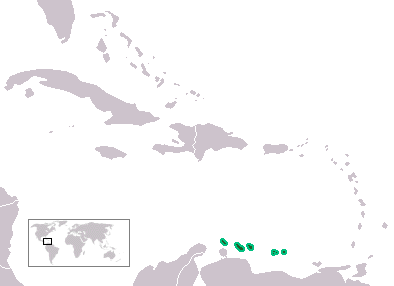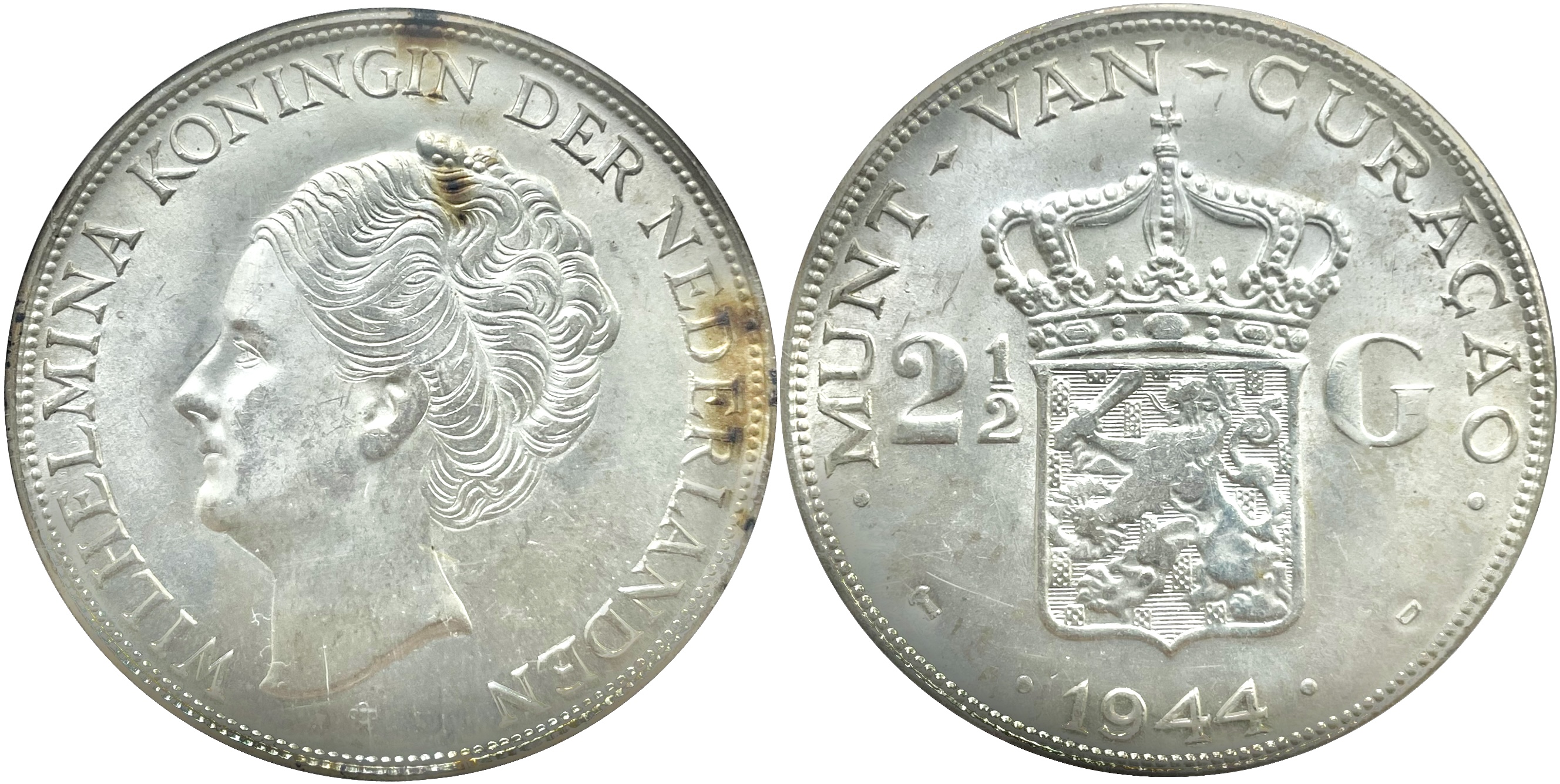|
Dissolution Of The Netherlands Antilles
The Netherlands Antilles was an autonomous Caribbean country within the Kingdom of the Netherlands. It was dissolved on 10 October 2010. After dissolution, the "BES islands" of the Dutch Caribbean— Bonaire, Sint Eustatius, and Saba—became the Caribbean Netherlands, "special municipalities" of the Netherlands proper—a structure that only exists in the Caribbean. Meanwhile Curaçao and Sint Maarten became constituent countries within the Kingdom of the Netherlands, along the lines of Aruba, which separated from the Netherlands Antilles on 1 January 1986. History Background and Aruban secession movement The idea of the Netherlands Antilles as a country within the Kingdom of the Netherlands never enjoyed the full support of all islands, and political relations between islands were often strained. Geographically, the Leeward Antilles islands of Aruba, Curaçao and Bonaire, and the Leeward Islands of Saba, Sint Eustatius and Sint Maarten lie almost apart. Culturally, t ... [...More Info...] [...Related Items...] OR: [Wikipedia] [Google] [Baidu] |
Island Territories Of The Netherlands Antilles
The island territories of the Netherlands Antilles () were the top-level administrative subdivisions of the Netherlands Antilles. The government of each island territory consisted of three major parts: * The Island council (Netherlands Antilles), island council () – the local parliament, elected every four years. * The Executive council (Netherlands Antilles), executive council () – the executive board of the island territory, comparable to the Dutch provincial executive and municipal executive. * The Lieutenant governor#Lieutenant governors in the Kingdom of the Netherlands, lieutenant governor () – chair of the island council and executive council, appointed by the Monarchy of the Netherlands, Crown for a six-year term. List of island territories See also * Islands Regulation of the Netherlands Antilles * Caribbean Netherlands * Dutch Caribbean References Administrative divisions in North America, Netherlands Antilles First-level administrative divisions ... [...More Info...] [...Related Items...] OR: [Wikipedia] [Google] [Baidu] |
Leeward Antilles
The Leeward Antilles ( nl, Benedenwindse Eilanden) are a chain of islands in the Caribbean – specifically, the southerly islands of the Lesser Antilles (and, in turn, the Antilles and the West Indies) along the southeastern fringe of the Caribbean Sea, just north of the Venezuelan coast of the South American mainland. The Leeward Antilles, while among the Lesser Antilles, are not to be confused with the Leeward Islands (also of the Lesser Antilles) to the northeast. Largely lacking in volcanic activity, the Leeward Antilles island arc occurs along the deformed southern edge of the Caribbean Plate and was formed by the plate's subduction under the South American Plate. Recent studies indicate that the Leeward Antilles are accreting to South America. Islands The Leeward Antilles comprise (roughly from west to east): * ABC islands (a part of the Kingdom of the Netherlands) ** Aruba, a constituent country of the Kingdom of the Netherlands ** Bonaire, a part of the Carib ... [...More Info...] [...Related Items...] OR: [Wikipedia] [Google] [Baidu] |
Suriname Guerrilla War
The Surinamese Interior War ( nl, Binnenlandse Oorlog) was a civil war waged in the Sipaliwini District of Suriname between 1986 and 1992. It was fought by the Tucayana Amazonas led by Thomas Sabajo and the Jungle Commando led by Ronnie Brunswijk, whose members originated from the Maroon ethnic group, against the National Army led by then-army chief and de facto head of state Dési Bouterse. Background Suriname has one of the most ethnically diverse populations in South America, with people of ethnic Indian (South Asian), Javanese, Chinese, European, Amerindian, African (Creole and Maroon), and multiracial origin. The Maroons' ancestors were African slaves who escaped from coastal Suriname between the mid-seventeenth and late eighteenth centuries to form independent settlements in the interior. They settled in interior parts of Suriname, and gained independence by signing a peace treaty with the Dutch in the 1760s. The Dutch were unable to conquer them and agreed to allow ... [...More Info...] [...Related Items...] OR: [Wikipedia] [Google] [Baidu] |
Suriname
Suriname (; srn, Sranankondre or ), officially the Republic of Suriname ( nl, Republiek Suriname , srn, Ripolik fu Sranan), is a country on the northeastern Atlantic coast of South America. It is bordered by the Atlantic Ocean to the north, French Guiana to the east, Guyana to the west, and Brazil to the south. At just under , it is the smallest sovereign state in South America. It has a population of approximately , dominated by descendants from the slaves and labourers brought in from Africa and Asia by the Dutch Empire and Republic. Most of the people live by the country's (north) coast, in and around its capital and largest city, Paramaribo. It is also one of the least densely populated countries on Earth. Situated slightly north of the equator, Suriname is a tropical country dominated by rainforests. Its extensive tree cover is vital to the country's efforts to mitigate climate change and maintain carbon negativity. A developing country with a relativel ... [...More Info...] [...Related Items...] OR: [Wikipedia] [Google] [Baidu] |
Aruban People's Party
The Aruban People's Party (AVP; nl, Arubaanse Volkspartij, pap, Partido di Pueblo Arubano) is a Christian-democratic political party in Aruba founded in 1942. AVP is an acronym for the Dutch name of the party. At the 2001 elections, on 28 September 2001, the party won 26.7% of popular votes or 6 out of 21 seats. On 23 September 2005, the party won 38% of the popular vote or 8 out of 21 seats, making it the largest opposition party of the nation. In the 25 September 2009 election, the party came to power, winning 48% of the popular vote and 12 of the 21 seats. It held a majority in the Estates of Aruba obtaining 13 seats. In the 2017 general election the AVP lost four of its thirteen seats in the Parliament of Aruba, with both the AVP and MEP winning 9 seats each respectively, neither party had a majority in Parliament, until the formation of the coalition. AVP leader Mike Eman Michiel Godfried "Mike" Eman (born September 1, 1961) is an Aruban politician who served as the 3 ... [...More Info...] [...Related Items...] OR: [Wikipedia] [Google] [Baidu] |
People's Electoral Movement (Aruba)
The People's Electoral Movement ( nl, Electorale Volksbeweging, pap, Movimiento Electoral di Pueblo, MEP) is a social democratic political party in Aruba. following the 2001 general election for the Parliament of Aruba the party won 52.4% of popular vote and 12 out of 21 seats. in the 2005 general election, the party won 43% of the popular vote and 11 out of 21 seats thus won the election and remained in power. in the 2009 general election, MEP lost 2 seats and won 36% of the vote, subsequently losing the election. In the 2017 general election. The MEP won 37% of the vote, and gained a seat, following the appointment of a formateur, The MEP agreed to form a Coalition government with Pueblo Orguyoso y Respeta (POR) and Network of Electoral Democracy (RED). Following the 2021 Aruban general election, the MEP remained the largest party in Parliament and went on subsequently to form a minority government. Notable members * Betico Croes, political activist who played a maj ... [...More Info...] [...Related Items...] OR: [Wikipedia] [Google] [Baidu] |
Status Aparte
''Status aparte'' refers to the special status of Aruba between 1986 and 2010 as a constituent country within the Kingdom of the Netherlands, separate from the Netherlands Antilles to which it belonged until 1986. With the dissolution of the Netherlands Antilles in October 2010, the term ''status aparte'' was no longer used, as the status of Aruba was no longer separate, but rather the norm for all countries within the Kingdom. History Since the 1930s, the call for a greater degree of independence from Curaçao has been heard in Aruba. It wasn't until the 1970s that the call became more apparent with Betico Croes starting a political party ( MEP) and becoming the leader of the Status Aparte movement. The goal was for Aruba to take a separate status in the Kingdom, apart from the Netherlands Antilles and, after the independence of Suriname in 1975, to become the third constituent country in the Kingdom. After years of negotiations, Croes managed to enforce the secession of Aruba ... [...More Info...] [...Related Items...] OR: [Wikipedia] [Google] [Baidu] |
Juancho Evertsz
Juancho Evertsz (8 March 1923 in Curaçao – 30 April 2008 in Curaçao), whose full name was Juan Miguel Gregorio Evertsz, was a Dutch Antillean politician who served as the Prime Minister of the Netherlands Antilles between 1973 and 1977. Evertsz was one of the founding members and leaders of the Antilles National People's Party, which is also known by the abbreviation, NVP. He openly opposed a plan to separate Aruba from the Netherlands Antilles as a separate, autonomous entity within the Kingdom of the Netherlands during his tenure as Prime Minister. Evertsz argued that the removal of Aruba from the Netherlands Antilles would undermine the federation of Dutch islands in the Caribbean. Aruba later seceded from the Netherlands Antilles in 1986, but remained within the Kingdom of the Netherlands. Evertsz also openly clashed with Dutch Prime Minister Joop den Uyl and the Dutch Labour Party when the Uyl proposed full independence for the Netherlands Antilles. Evertsz vehement ... [...More Info...] [...Related Items...] OR: [Wikipedia] [Google] [Baidu] |
1969 Curaçao Uprising
The 1969 Curaçao uprising (known as ''Trinta di Mei'', "Thirtieth of May", in Papiamentu, the local language) was a series of riots on the Caribbean island of Curaçao, then part of the Netherlands Antilles, a semi-independent country in the Kingdom of the Netherlands. The uprising took place mainly on May 30, but continued into the night of May 31 June 1, 1969. The riots arose from a strike by workers in the oil industry. A protest rally during the strike turned violent, leading to widespread looting and destruction of buildings and vehicles in the central business district of Curaçao's capital, Willemstad. Several causes for the uprising have been cited. The island's economy, after decades of prosperity brought about by the oil industry, particularly a Shell refinery, was in decline and unemployment was rising. Curaçao, a former colony of the Netherlands, became part of the semi-independent Netherlands Antilles under a 1954 charter, which redefined the relationship betwe ... [...More Info...] [...Related Items...] OR: [Wikipedia] [Google] [Baidu] |
Curaçao And Dependencies
The Colony of Curaçao and Dependencies ( nl, Kolonie Curaçao en onderhorigheden; pap, Kolonia di Kòrsou i dependensianan) was a Dutch colony in the Caribbean Sea from 1815 until 1828 and from 1845 until 1954. Between 1936 and 1948, the area was officially known as the Territory of Curaçao (Dutch: '; Papiamento: '), and after 1948 as the Netherlands Antilles. With the proclamation of the Charter for the Kingdom of the Netherlands on 15 December 1954, the Netherlands Antilles attained equal status with the Netherlands proper and Suriname in the new Kingdom of the Netherlands. History Under the terms of the Anglo-Dutch Treaty of 1814, the Netherlands regained control over its West Indies colonies, with the exception of Demerara, Essequibo, and Berbice. In the newly established United Kingdom of the Netherlands, these colonies were organized in the following way until 1828: As a cost-reducing measure, the three colonies were merged into a single West Indies colony ruled from P ... [...More Info...] [...Related Items...] OR: [Wikipedia] [Google] [Baidu] |
Charter For The Kingdom Of The Netherlands
The Charter for the Kingdom of the Netherlands (in Dutch: ''Statuut voor het Koninkrijk der Nederlanden''; in Papiamentu: ''Statuut di Reino Hulandes'') is a legal instrument that sets out the political relationship between the four countries that constitute the Kingdom of the Netherlands: Aruba, Curaçao, and Sint Maarten in the Caribbean and the Netherlands (for the most part) in Europe. It is the leading legal document of the Kingdom. The Constitution of the Netherlands and the Basic Laws of the three other countries are legally subordinate to the Charter. History The first version of the Charter, which described the relationship between the Netherlands, Suriname, and the Netherlands Antilles, was signed by Queen Juliana on 15 December 1954. This version lasted for a couple of decades until 25 November 1975, when Suriname became an independent republic. In the Netherlands Antilles, the idea of one state never enjoyed the full support of all the islands, and Aruba seceded o ... [...More Info...] [...Related Items...] OR: [Wikipedia] [Google] [Baidu] |
Papiamento
Papiamento () or Papiamentu (; nl, Papiaments) is a Portuguese-based creole language spoken in the Dutch Caribbean. It is the most widely spoken language on the Caribbean ABC islands (Aruba, Bonaire, Curaçao), with official status in Aruba and Curaçao. Papiamento is also a recognised language in the Dutch public bodies of Sint-Eustatius and Saba.Papiamento can be used in relations with the Dutch government. The language, spelled in Aruba and in Bonaire and Curaçao, is largely based on colonial-era Portuguese and Spanish (including Judaeo-Portuguese), and has been influenced considerably by Dutch and Venezuelan Spanish. Due to lexical similarities between Spanish and Portuguese, it is difficult to pinpoint the exact origin of some words. Though there are different theories about its origins, most linguists now believe that Papiamento emerged from the Spanish and Portuguese creole languages that developed in the West African coasts, as it has many similarities with ... [...More Info...] [...Related Items...] OR: [Wikipedia] [Google] [Baidu] |





